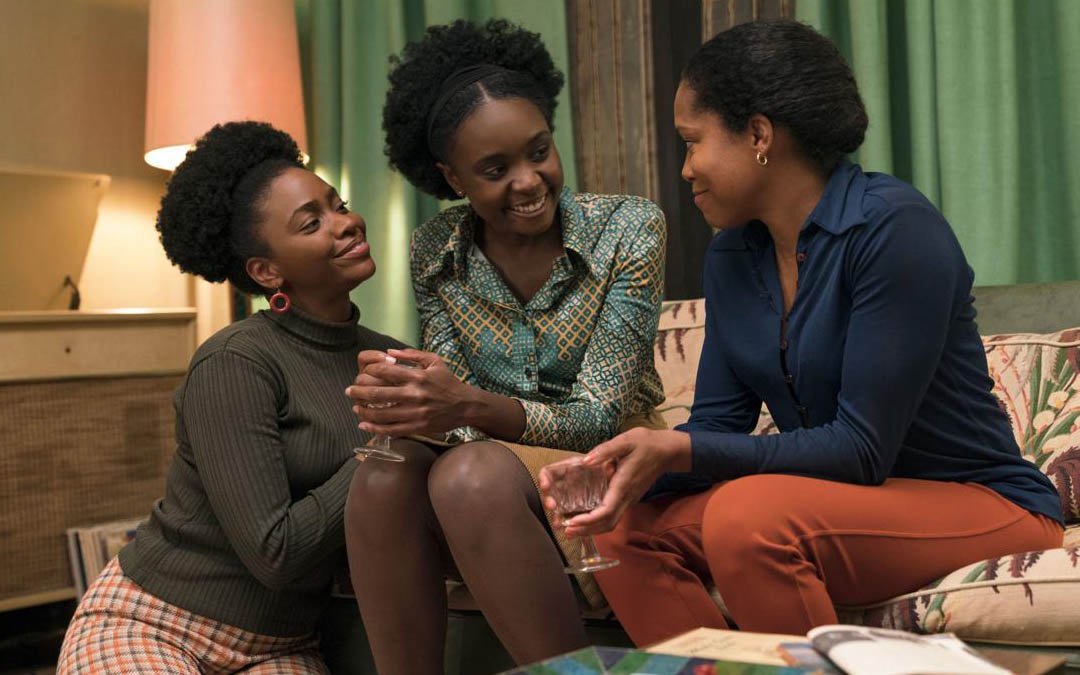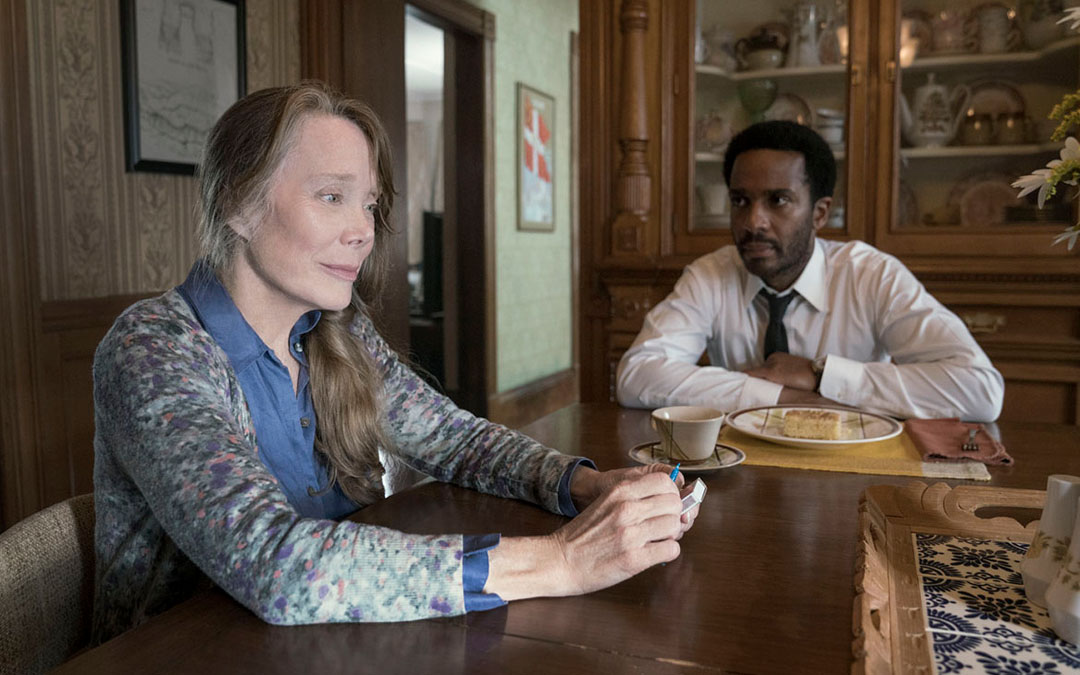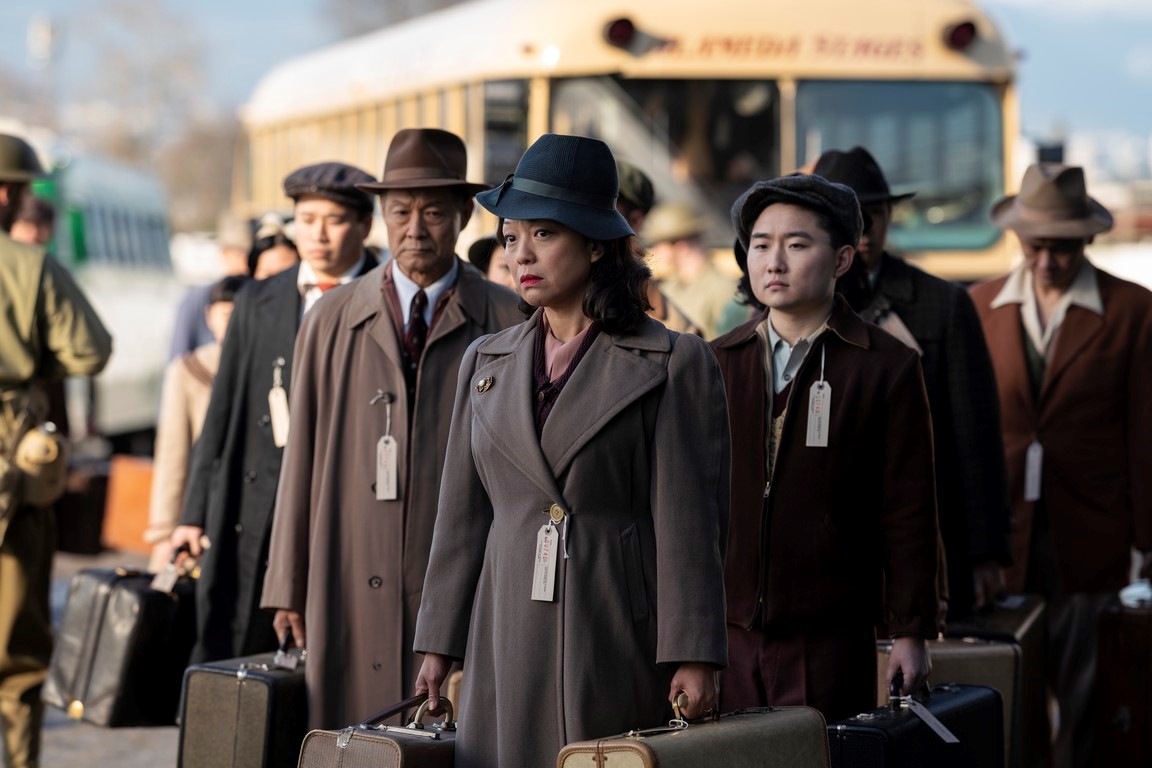All The Write Moves: 'The Haunting of Hill House'
June 24, 2019
Fans of last year’s well-reviewed Netflix horror series The Haunting of Hill House, which was based on Shirley Jackson’s 1959 novel of the same name, had to say goodbye to the cast and characters once the first season’s 10-episode storyline concluded. But showrunner Mike Flanagan has more creepy stories to tell, so in 2020, he’ll debut a new multi-episode cycle titled The Haunting of Bly Manor, which is based on Henry James’s 1898 novella The Turn of the Screw. While anticipation builds for what’s next, it’s worth revisiting the tools that Flanagan used to get the franchise underway, since he and his collaborators are in the running for Emmy nominations.
Flanagan, who spent years making horror features prior to entering the television space, faced several noteworthy challenges while structuring Hill House. First, Jackson’s novel had already been adapted twice with the abbreviated title The Haunting: as an acclaimed 1963 thriller, and then for a maligned 1999 special-effects extravaganza. The existence of prior adaptations creates a need for additional story material, because it’s hard to get excited about a retread. The multi-episode format also presented an obstacle, because Jackson’s story is all about building suspense. Feature adaptations trap audiences in Jackson’s world for a single contiguous viewing experience, which is more conducive to creating and sustaining a mood than the stop-and-start rhythms of episodic television.
Glowing reviews and a second season pickup provide ample evidence that Flanagan was up to the task of reinventing Jackson’s narrative for a new era (and a new medium). In that context, let’s examine some of the tools that he used to engage audience interest.
Beyond the Book
Perhaps the most important decision Flanagan made was to position Jackson’s original narrative as the backstory for the new storyline. This clever move accomplishes a number of useful things. First, it allows Flanagan to honor the broad strokes of Jackson’s novel without being inhibited by the parameters of events contained within the novel. Second, it gifts Flanagan’s present-day characters with vivid pasts that connect to Jackson’s themes. Third, it gives the series a reason to exist—rather than a pure adaptation, the series is also a continuation.
Flanagan begins the series in a manner that approximates Jackson’s novel, situating his storytelling within the universe that Jackson created. On a dark night inside Hill House, a gothic mansion surrounded by dense woods, the Crain family sleeps until a nightmare wakes young Nell (Violet McGraw). Her father, Hugh (Henry Thomas), offers comforting words and returns the house to a state of calm. But then, in the final shot of the first episode’s teaser, an apparition appears over little Nell’s bed, suggesting that the spirits permeating Hill House are real, not figments of a child’s imagination.
Next, Flanagan cuts to the present day, showing that each of the Crain children, now adults, was impacted by eerie events that happened while they were young. Nell (played as an adult by Victoria Pedretti) carries the most baggage, and in fact she still feels a supernatural connection to Hill House, which the family abandoned decades earlier. Concurrently, her oldest sibling, Steven (played as an adult by Michiel Huisman), has devoted his life to investigating hauntings, or at least events that people perceived as hauntings.
Flanagan does such a thorough job of connecting each Crain sibling’s present-day identity to their past trauma that his storytelling feels respectful to Jackson without coming across like a bland transposition from one medium to another.
Takeaway: Imaginative adaptations often add major elements to source material.
We’re All in This Together
Flanagan deliberately introduces the grown Crain siblings in solo scenes, then uses phone calls and other devices to gradually bring them together. Why? Because the first time he shows the Crain siblings as children, they’re all together, sleeping in Hill House bedrooms adjoining a common hallway. The thematic implication could not be clearer. As children, the Crains experienced something horrible. As adults, no matter how hard they try to live their own lives, the past always brings them back together. For the Crains, “family time” isn’t about camaraderie and nostalgia. It’s about facing shared trauma.
There’s a lesson here for anyone seeking to write a story with an ensemble cast. If you, the writer, can credibly contrive a story circumstance wherein the members of your ensemble bear scars from a horrible past event, then you can enter your storyline with pre-existing character dynamics. And if the characters are relatives, so much the better—because it’s easy to believe that persons bonded by blood will stay together even if doing so is emotionally difficult.
Flanagan provides a mini-crisis to pull the siblings from their separate worlds. In the first episode, Nell returns to Hill House. She calls her oldest sister, Shirley (played as an adult by Elizabeth Reaser), for support, who in turn calls Steven. And eventually, the siblings’ father, Hugh (played as an older man by Timothy Hutton), gets looped into the process of managing Nell’s disturbing episode. Flanagan could have gone in the opposite direction, pulling the family together for something innocuous like a wedding or graduation before twisting that event via the introduction of supernatural complications. Instead, he invented a way to make yesterday’s trouble the reason why the siblings reunite today.
Takeaway: Shared trauma links characters in powerful ways.
I (Don’t) Want to Believe
Steven gets the most detailed introduction once the storytelling shifts to the Crain siblings as adults. While conducting research for a book, he visits a woman who claims to have been visited by the ghost of her dead husband. Steven sets up heat-detection equipment and stays overnight in the room where the visitation supposedly occurred. Non-supernatural reasons for the things the woman saw and heard present themselves, so he effectively debunks her story. Furthermore, he challenges her perceptions by saying that in years of writing about hauntings, he’s never actually seen anything he couldn’t explain scientifically.
Flanagan provides so many details about Steven’s life that it becomes unnecessary to articulate the implied character motivation—we understand innately that Steven debunks present-day happenings as a way of explaining what happened to his family when he was younger. If the past trauma was merely the result of insanity, then the world makes sense. But if something truly supernatural happened…
Inserting skeptical characters into spooky stories is nothing new, as fans of The X-Files and its cult-favorite predecessor, Kolchak: The Night Stalker, can attest. Like most screenwriting tropes, the juxtaposition of skepticism and supernatural phenomena endures for a simple reason. It works. When we, as viewers, enter the world of The Haunting of Hill House, our sensibilities are naturally aligned with Steven’s. Accordingly, the harder it becomes for him to deny that something weird is really happening, the easier it becomes for us to follow his journey. We don’t have to believe the events we see onscreen—but we must believe that the most reasonable character witnessing those events believes them.
Takeaway: In fantastical stories, skeptical characters are proxies for viewers.
Written by: Peter Hanson
Peter Hanson is a Los Angeles-based writer, filmmaker and teacher. He directed the screenwriting documentary Tales from the Script, and he teaches at Pepperdine University and UCLA Extension. He provides script consulting at www.GrandRiverFilms.com.- Topics:
- Discussing TV & Film




